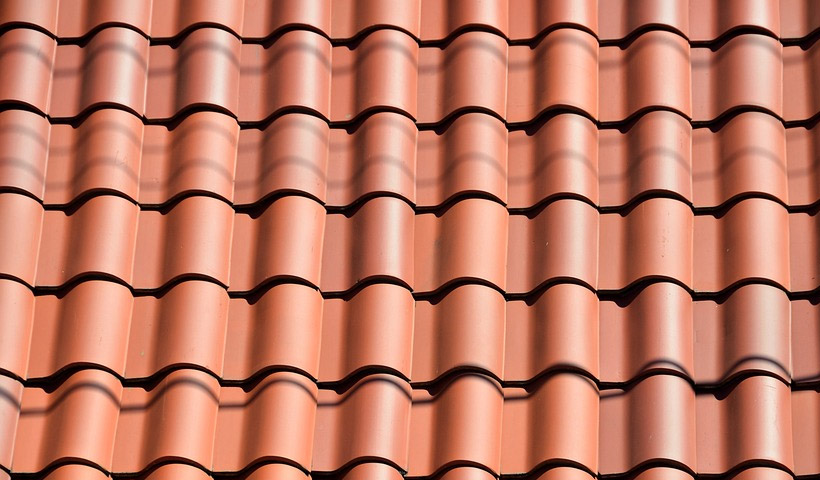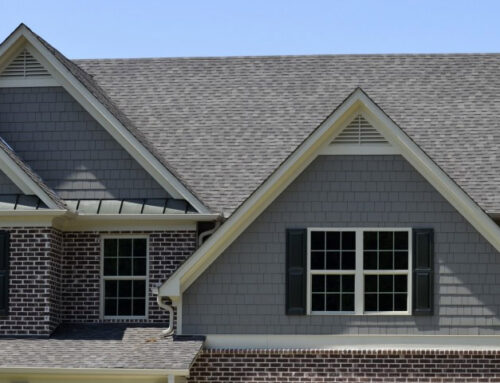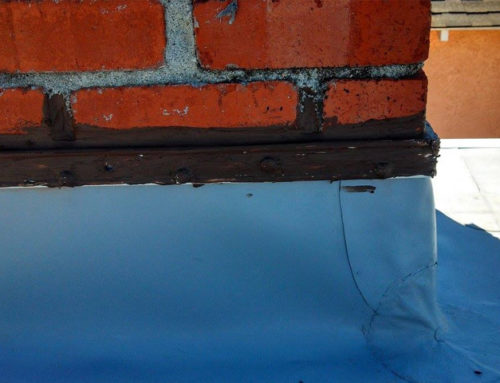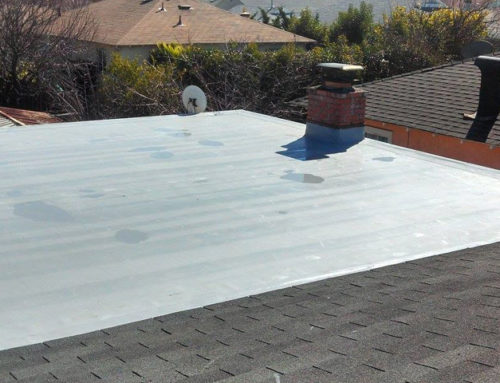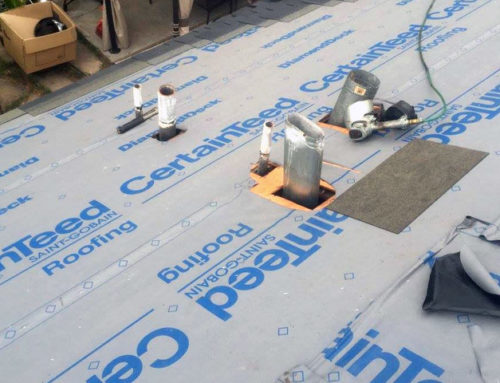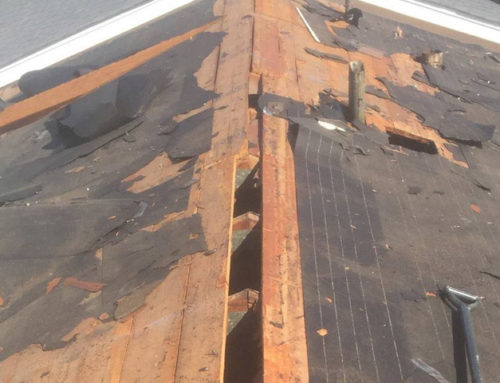There are many different environmentally friendly roofing options. Which you should choose really depends on what you want to prioritize when it comes to being environmentally friendly. Do you want a material that is recyclable? That doesn’t take much energy to produce? Or, that helps you reduce how much energy you use when cooling your home? We’ll walk you through your environmentally friendly roofing options below.
“Cool Roof” Asphalt Shingles
How it is environmentally friendly: Reduces how much energy you’ll use
Typical asphalt shingles, especially those in dark shades, absorb the heat from the sun. They can radiate that heat down into your home, especially at night, making it harder for your air conditioner to cool your home. However, manufacturers have now designed shingles with granules on the top that reflect more of the sun’s heat.
We generally prefer CertainTeed shingles because of their reputation for quality. CertainTeed offers cool shingles in two lines, Landmark Solaris® and Presidential Solaris®. Plenty of these shingles are in dark, exciting colors, but they still meet EnergyStar® standards to reflect heat.
Learn more about cool roof options »
Metal Roofing
How it is environmentally friendly: Can be made from 100% recycled material
Many roofing materials have long and energy-intensive manufacturing processes. Asphalt shingles are made from oil byproducts, and many metal roofing options are mined. However, we’ve gone out of our way to find quality roofing options that are made from 100% recycled material. If you choose a metal roof, you are helping to reuse a large portion of metal.
Metal roofing can also lower the amount of heat that your home absorbs from the sun, giving you some energy-efficiency benefits as well.
Clay Roofing
How it is environmentally friendly: Clean and low-energy manufacturing process
If you’re looking for a roof with the most environmentally friendly manufacturing process, then you should consider clay roofing. Sourcing, forming, and drying clay tiles is a sustainable process that doesn’t require chemicals or very much energy usage. Machinery like extruders is still involved, but it’s less resource-intensive than many other roofing materials.
Once your clay roof needs to be replaced, it can be recycled. You may have trouble finding a site to recycle the tiles but, if you can, the clay can be crushed and reused for other purposes, like creating baseball fields.
Green Roofing
How it is environmentally friendly: Supports the health of local ecosystems
Green roofing is a roof that is designed to have plant life growing on top of it. The environmental impact of these roofs varies widely based on what you choose to plant on them. If you add grass, then it might just mean more water usage. However, local, native plants that are allowed to mature might offer local wildlife shelter and food. You can design your green roof to support bees or shelter endangered plants.
Recycled Shingles
Recycled roofing materials are extremely popular in some circles, but they have their own sets of drawbacks. Particularly, it can be difficult to find a roofer who will back a recycled shingle roof with the same kinds of warranties as new shingles, for reasons that should be obvious. While it’s an environmentally considerate option in the short term, it might not be your best real option in the long term.
Which Is Right for Me?
Which material offers the right environmental features for you? Does it also offer the other things you need, from reasonable cost to longevity and style? Your roofer in Saratoga can help you weigh the advantages and disadvantages of these materials for you.


